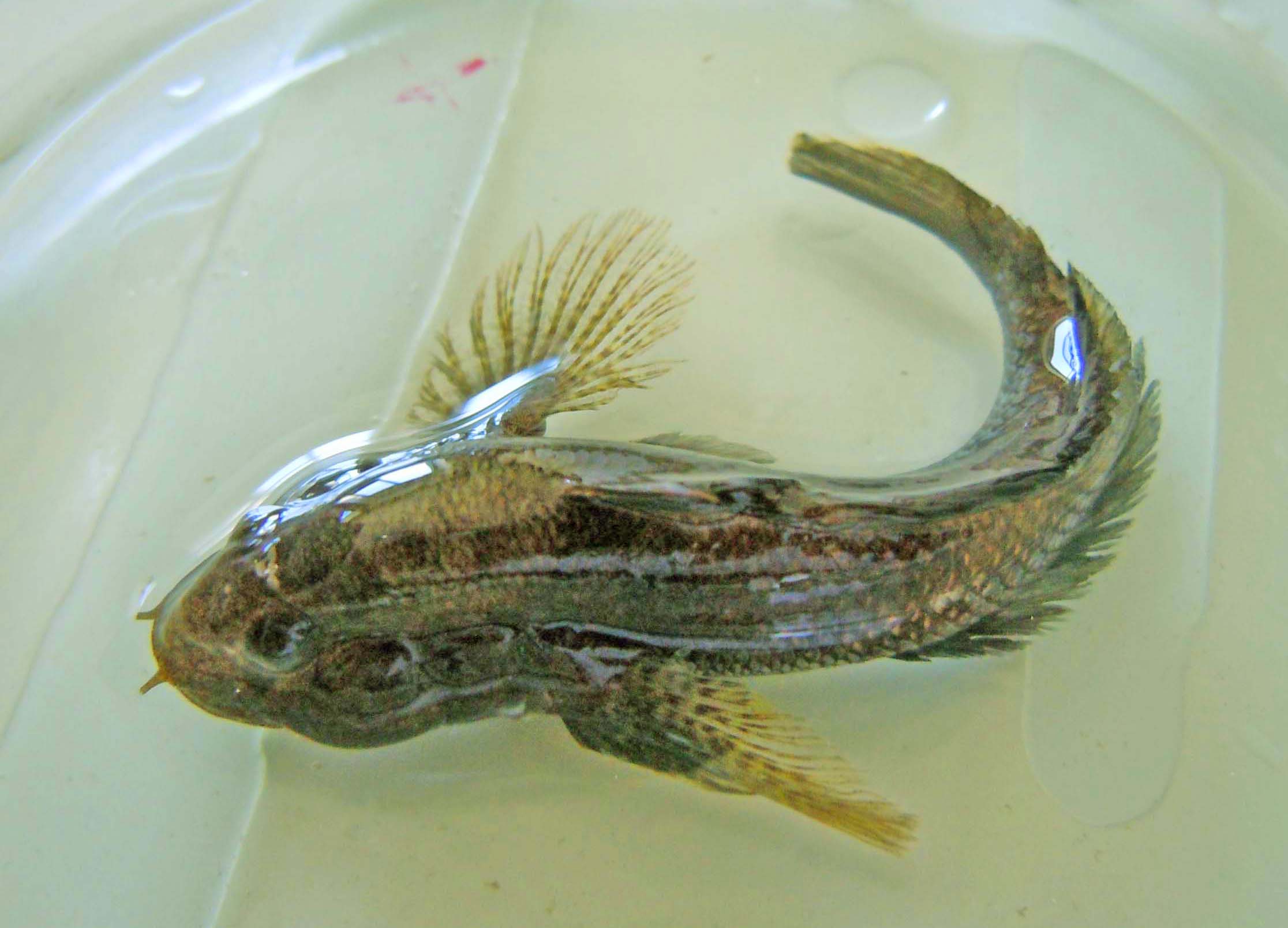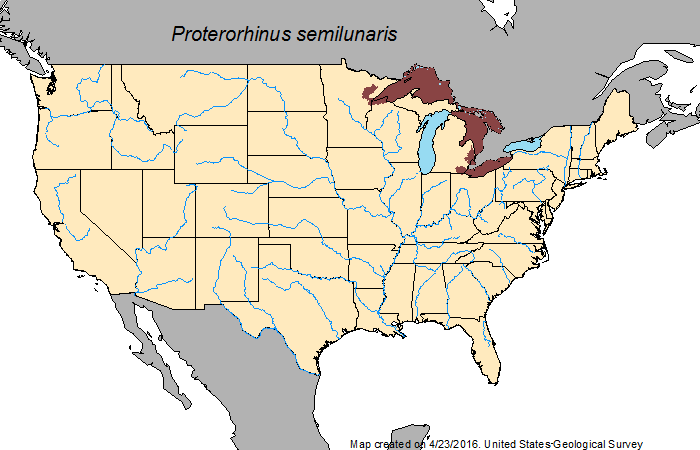|
Proterorhinus
''Proterorhinus'' is a genus of fishes, known as the tubenose gobies. These gobiid fish are native to Eurasia where they occur in the region of the Caspian and Black seas, inhabiting marine, brackish and fresh waters. The species '' Proterorhinus semilunaris'' (previously referred to as ''P. marmoratus'') was introduced to the St. Clair River in Michigan during the late 1990s. Until recently, the genus was considered monotypic, comprising only the tubenose goby ('' Proterorhinus marmoratus''). Following molecular and further morphological investigations it has been split into several taxa, with distinct distributions in marine vs. fresh waters and in the Black Sea vs. Caspian Sea basins. Species There are five recognized species in this genus: * '' Proterorhinus marmoratus'' (Pallas Pallas may refer to: Astronomy * 2 Pallas asteroid ** Pallas family, a group of asteroids that includes 2 Pallas * Pallas (crater), a crater on Earth's moon Mythology * Pallas (Giant), a son of ... [...More Info...] [...Related Items...] OR: [Wikipedia] [Google] [Baidu] |
Proterorhinus Semilunaris
The western tubenose goby (''Proterorhinus semilunaris'') is a species of goby native to fresh waters of the Black Sea and Aegean Sea basins. It has recently spread as an invasive species to Central and Western Europe and to North America. Previously ''Proterorhinus semilunaris'' was considered as a junior Synonym (taxonomy), synonym of ''Proterorhinus marmoratus'', but was confirmed as a distinct species based on Molecular phylogenetics, molecular analysis. Description The species average size is 12.7 centimeters. The body and head is flattened laterally. It has 37–46 large, cycloid scales. Its jaws are equal by length. It has an abdominal sucker without explicit blades. It has no swim bladder. The head's width is usually less than its height. Crown, nape, upper edges of operculums, origins of pectoral fins, belly, and posterior part of throat are covered with cycloid scales. Body color is brown to yellowish-gray with 4–5 dark streaks on back, transforming to spots below th ... [...More Info...] [...Related Items...] OR: [Wikipedia] [Google] [Baidu] |

